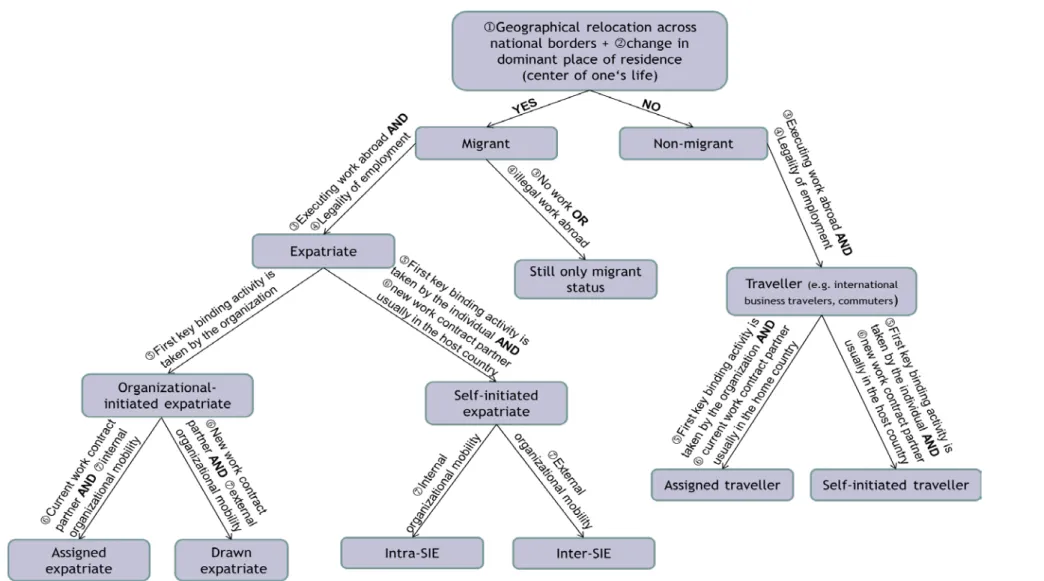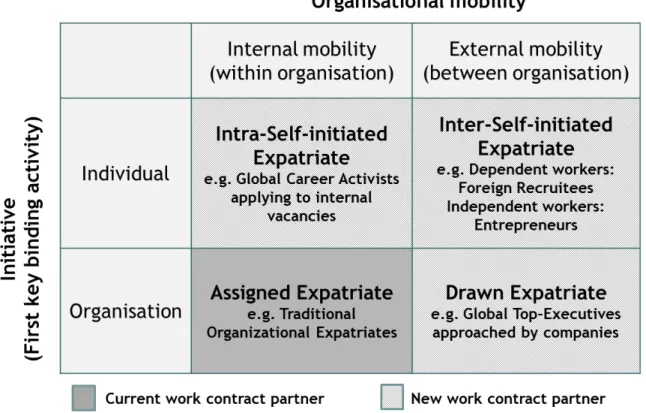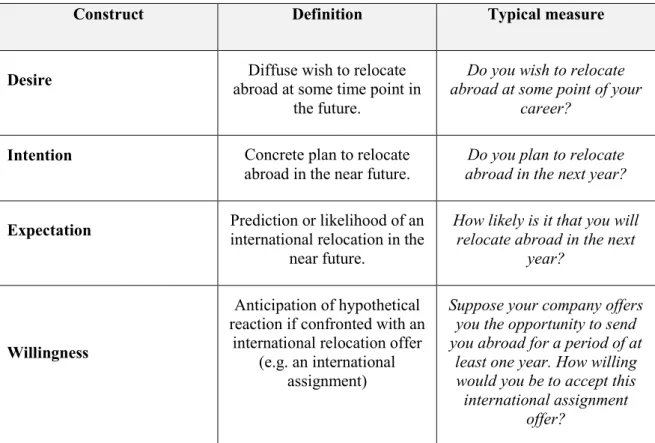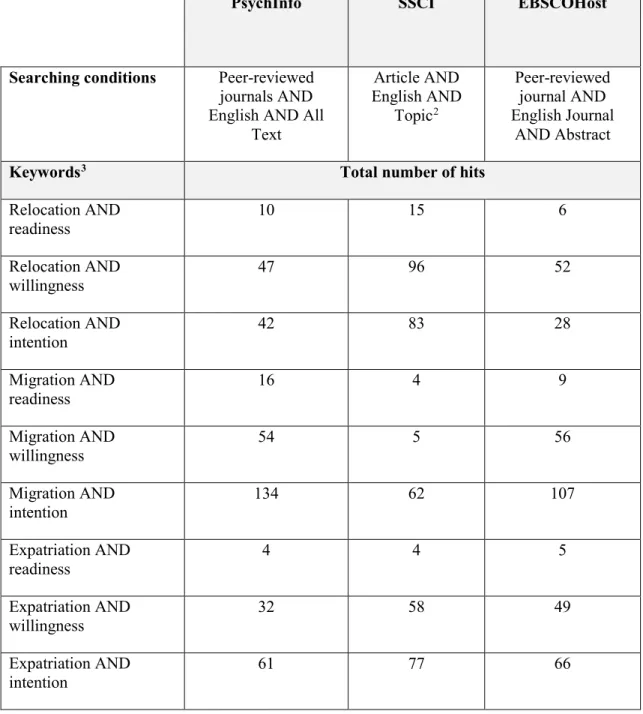International Relocation Mobility Readiness
Volltext
Abbildung
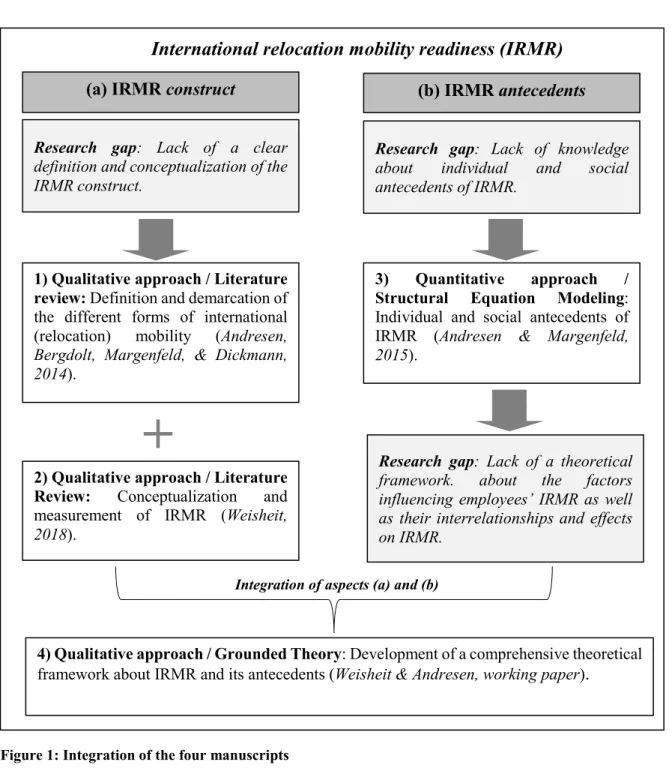
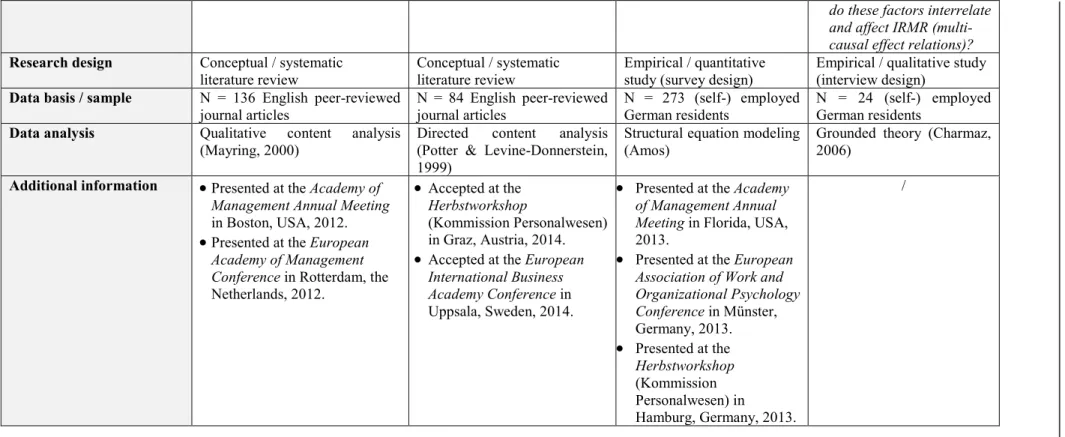


ÄHNLICHE DOKUMENTE
The third part of the questionnaire dealt with measuring the level of perceived usefulness of four RFlD-enabled information services (authenticity, recommendations,
Cognitive parameters of symptom experience traditionally used to identify symptoms that need management, symptom severity and symptom frequency, were only
Table 1 documents the blood lactate concentration, heart rate, oxygen uptake, respiratory exchange ratio, and ratings of perceived exertion associated with each step of
For a better understanding of the ideas behind partici- pants’ attitudes toward perceived danger and willingness to protect bees, two additional open questions were applied to
It can be visibly seen from the framework that teach- ers motivation may be defined by both controlled and intrinsic motivational factors that may include those that fall
Each patient was interviewed once using a semi-structured interview structure with open-ended questions focusing on several different domains the authors felt were important
The main research objective is to understand the role of social innovations created by platform coops as perceived by the members of cooperatives.
The essential idea is to present activation- evaluation space as a circle on a computer screen, and to have observers record their impression of emotional state by moving a cursor
